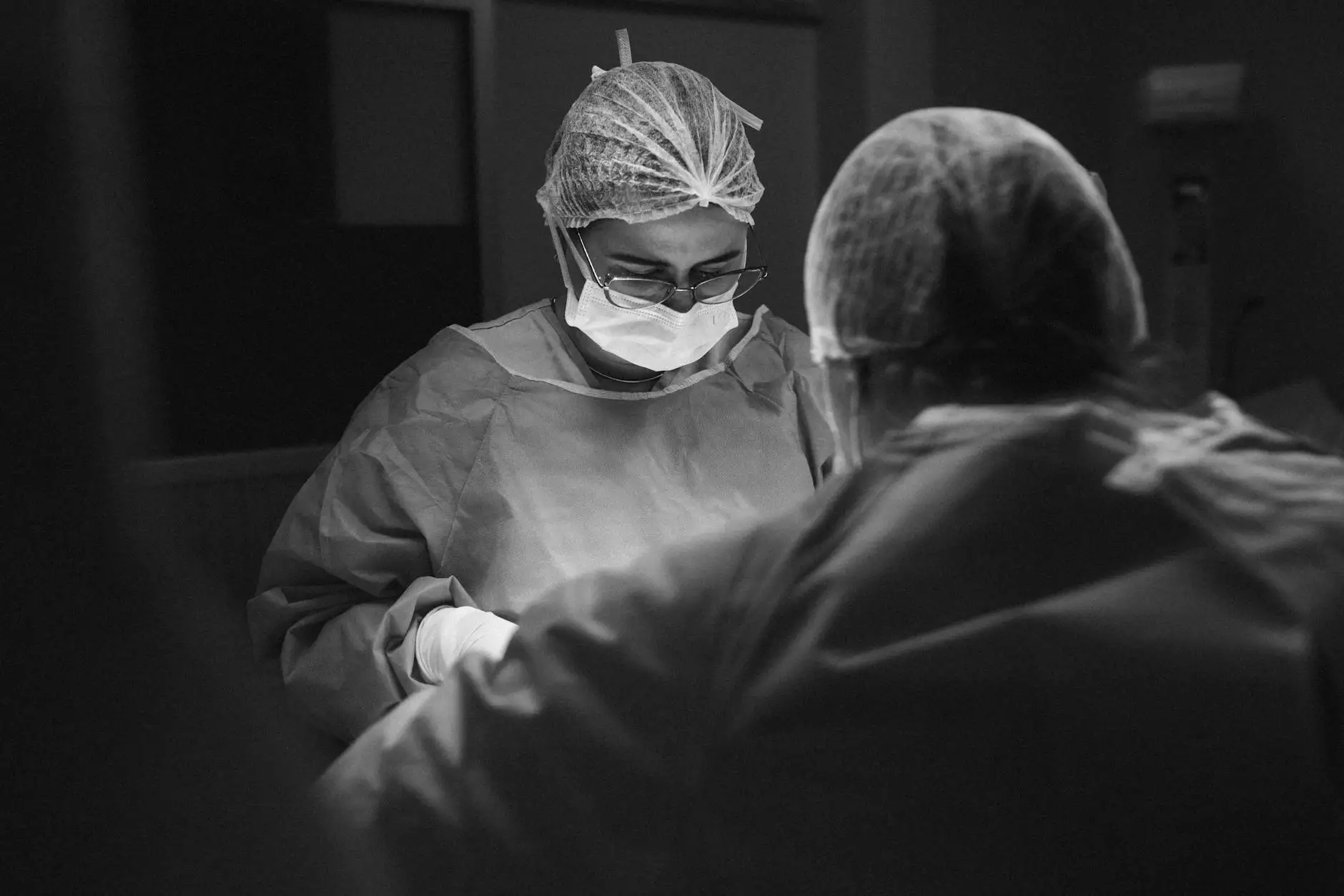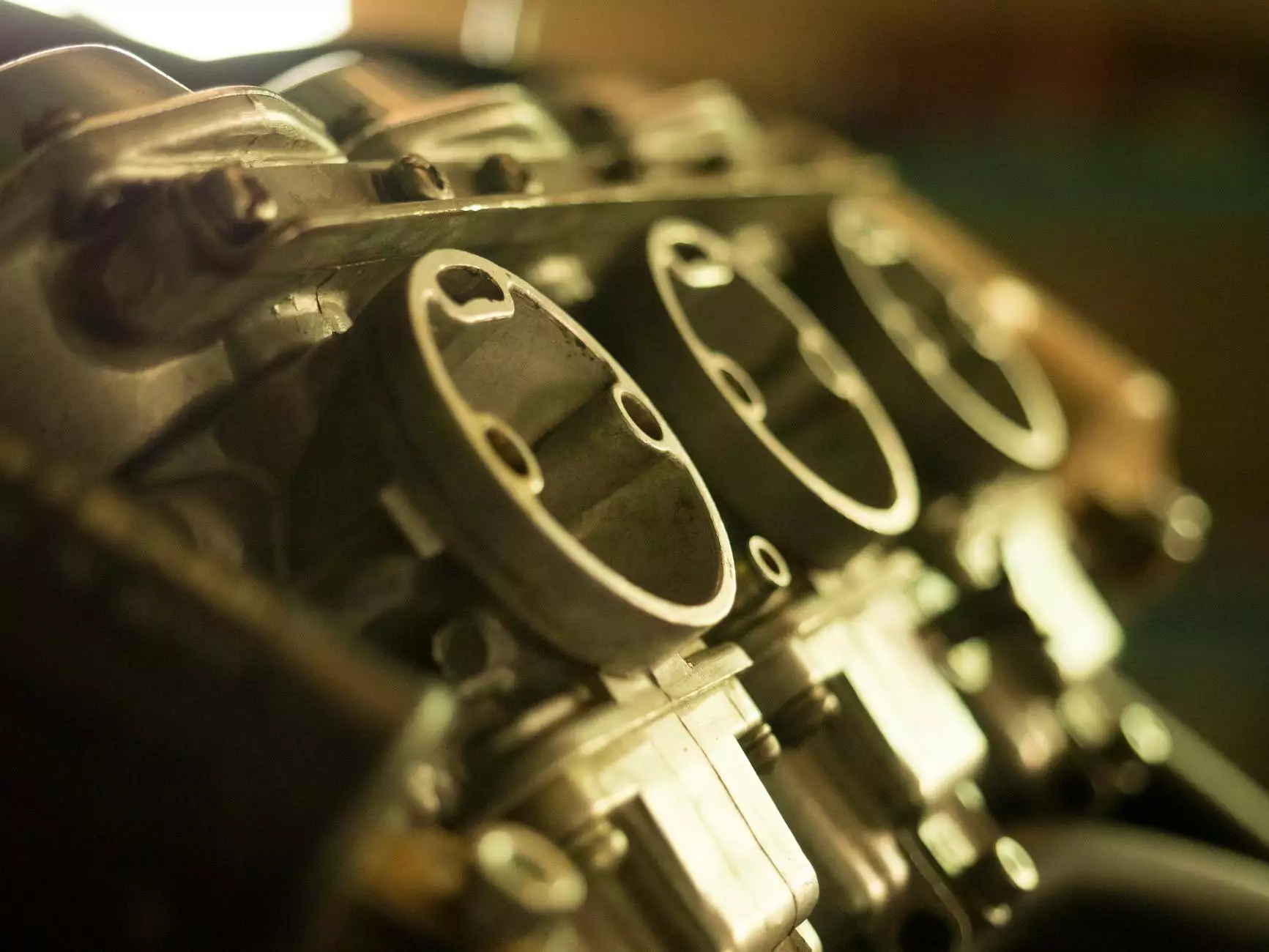The Importance of Lung CT Scans in Health and Medical Practices

In the realm of modern medicine, diagnostic imaging plays a pivotal role in identifying various health conditions. One of the most advanced and effective imaging techniques is the lung CT scan. These scans have revolutionized how healthcare professionals diagnose and monitor diseases, particularly those affecting the respiratory system. This article delves into the significance of lung CT scans, their applications, and how they contribute to improved patient outcomes.
What is a Lung CT Scan?
A lung CT scan (computed tomography scan) utilizes X-ray technology to produce detailed images of the lungs and surrounding structures. Unlike traditional X-rays, which provide only a flat image, CT scans generate cross-sectional images that allow doctors to see the lungs in much greater detail. This detailed visualization is crucial for identifying abnormalities that may be missed with other imaging techniques.
How Lung CT Scans Work
The process begins with the patient lying on a motorized table that slides into the CT scanner, a large, doughnut-shaped machine. As the scan progresses, an X-ray tube rotates around the patient, capturing images from multiple angles. These images are then processed by a computer to create comprehensive cross-sectional slices of the lungs. These slices can be viewed individually or stacked together to create a 3D representation of the lung anatomy.
The Importance of Lung CT Scans in Diagnosing Conditions
The diagnostic capabilities of lung CT scans are vast. They are instrumental in diagnosing a variety of conditions, such as:
- Lung Cancer: CT scans can identify tumors and help assess their size and spread.
- Pneumonia: These scans can reveal areas of infection and inflammation in the lung tissue.
- Chronic Obstructive Pulmonary Disease (COPD): CT imaging helps evaluate lung damage and disease progression.
- Interstitial Lung Disease: Detailed images assist in diagnosing various types of lung inflammation and scarring.
- Pulmonary Embolism: CT angiography is used to visualize blood clots in the pulmonary arteries.
Benefits of Lung CT Scans
The benefits of utilizing lung CT scans in medical practice extend beyond mere diagnostic ability. Here are some significant advantages:
- Early Detection: One of the most vital benefits is the ability to detect conditions at an early stage when they are most treatable.
- Minimally Invasive: Compared to biopsies or surgical procedures, lung CT scans offer a non-invasive method of diagnosis.
- Accuracy: The detailed imaging helps in accurate diagnosis, thus leading to better-targeted treatments.
- Monitoring Disease Progression: Regular CT scans can track the effectiveness of treatments and disease progression over time.
- Comprehensive Analysis: CT scans provide extensive information not only about the lungs but also about surrounding structures, offering a holistic view of respiratory health.
When is a Lung CT Scan Recommended?
Healthcare providers may recommend a lung CT scan based on various factors, including:
- Symptoms: Persistent cough, unexplained shortness of breath, or chest pain may warrant a CT scan.
- History of Smoking: Patients with a history of smoking may be monitored closely with regular CT scans for early signs of lung cancer.
- Occupational Hazards: Individuals exposed to harmful substances, such as asbestos, might require regular screening.
- Family History: A strong family history of lung diseases can prompt more proactive screening.
Preparation for a Lung CT Scan
Preparing for a lung CT scan is usually straightforward, but patients should follow specific instructions to ensure accurate results. Here are some preparatory steps:
- Inform Your Doctor: Notify your healthcare provider of any allergies, especially to contrast materials.
- Remove Metal Objects: Patients should wear comfortable clothing and remove any jewelry or items that may interfere with imaging.
- Fast if Required: In some cases, patients may need to fast for a few hours before the scan, particularly if contrast dye will be used.
Understanding the Risks of Lung CT Scans
While lung CT scans are generally safe, it is essential to recognize that they involve exposure to radiation. However, the risk associated with this radiation is typically outweighed by the benefits of accurate diagnosis and treatment. Factors influencing risk include:
- Frequency of Imaging: Multiple scans increase cumulative radiation exposure.
- Patient's Age: Younger patients may be more sensitive to radiation effects.
- Underlying Health Conditions: Patients with specific health issues may require tailored imaging protocols.
The Role of Lung CT Scans in Treatment Planning
Beyond diagnostics, lung CT scans play a critical role in treatment planning. Healthcare providers utilize CT imaging to:
- Guide Biopsies: CT scans can help pinpoint areas for biopsy, ensuring accurate sampling.
- Plan Surgery: Surgeons use CT images to strategize surgical approaches for lung resections.
- Evaluate Treatment Response: Following treatment, CT scans can assess the effectiveness of therapies, whether they are surgical, chemotherapy, or radiation.
Innovations in Lung CT Imaging
The field of imaging is continually evolving, and innovations in CT technology enhance the quality and capabilities of lung CT scans. Developments such as:
- High-Resolution Imaging: Newer CT scanners produce sharper images that allow for better differentiation of lung structures.
- Lower Radiation Techniques: Advanced imaging protocols that help reduce radiation exposure while maintaining image quality.
- Artificial Intelligence (AI): AI integration helps in interpreting scans and detecting abnormalities with enhanced accuracy.
The Future of Lung Imaging
The future of lung imaging, particularly lung CT scans, looks promising. As technology progresses, we can expect even more precise imaging techniques, tailored to individual patient needs. The integration of genomics and imaging could streamline personalized medicine, enhancing treatment pathways based on specific lung diseases.
Conclusion
In conclusion, lung CT scans are an indispensable tool in the health and medical fields, providing clear, detailed images that are vital for diagnosing and managing respiratory diseases. Their ability to offer early detection, accurate diagnosis, and effective treatment planning underscores their importance in modern healthcare. Whether for routine monitoring or specific diagnostic challenges, lung CT scans will continue to shape the future of respiratory health.
For high-quality imaging and expert care, consider exploring the services offered at HelloPhysio. With a commitment to patient-centered care and advanced medical technology, they provide comprehensive solutions in health and medical practices, including sports medicine and physical therapy.









